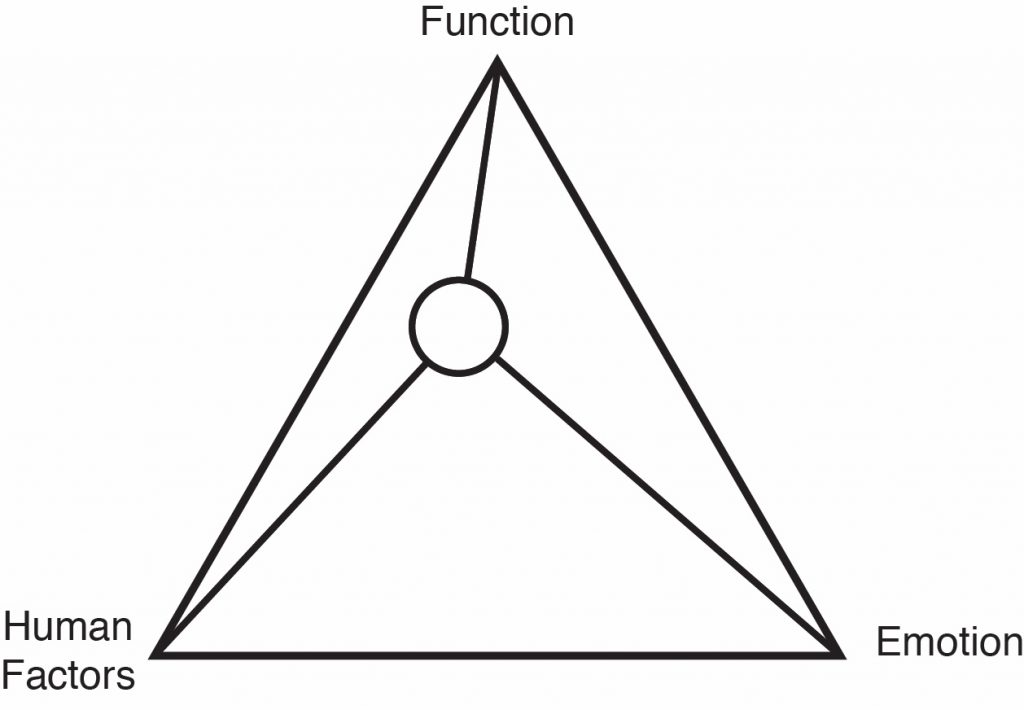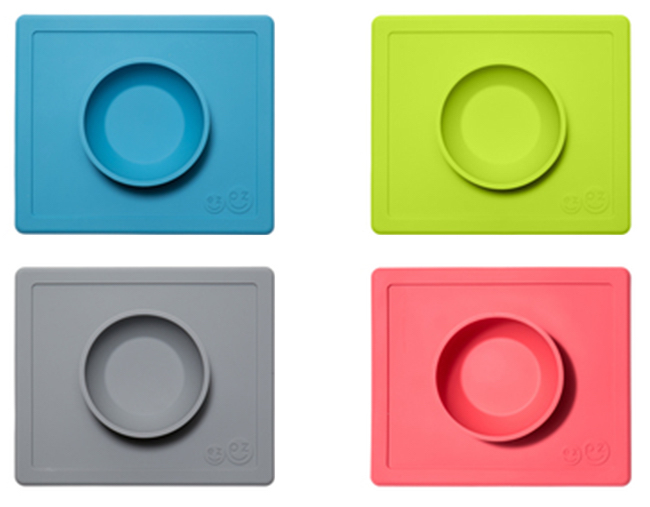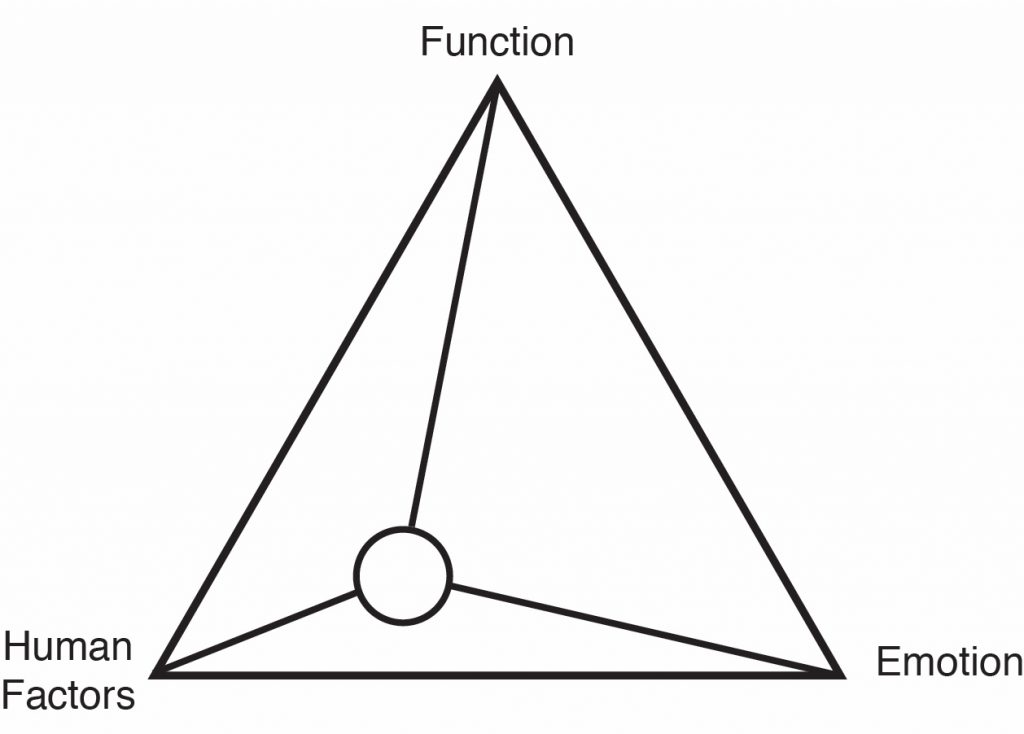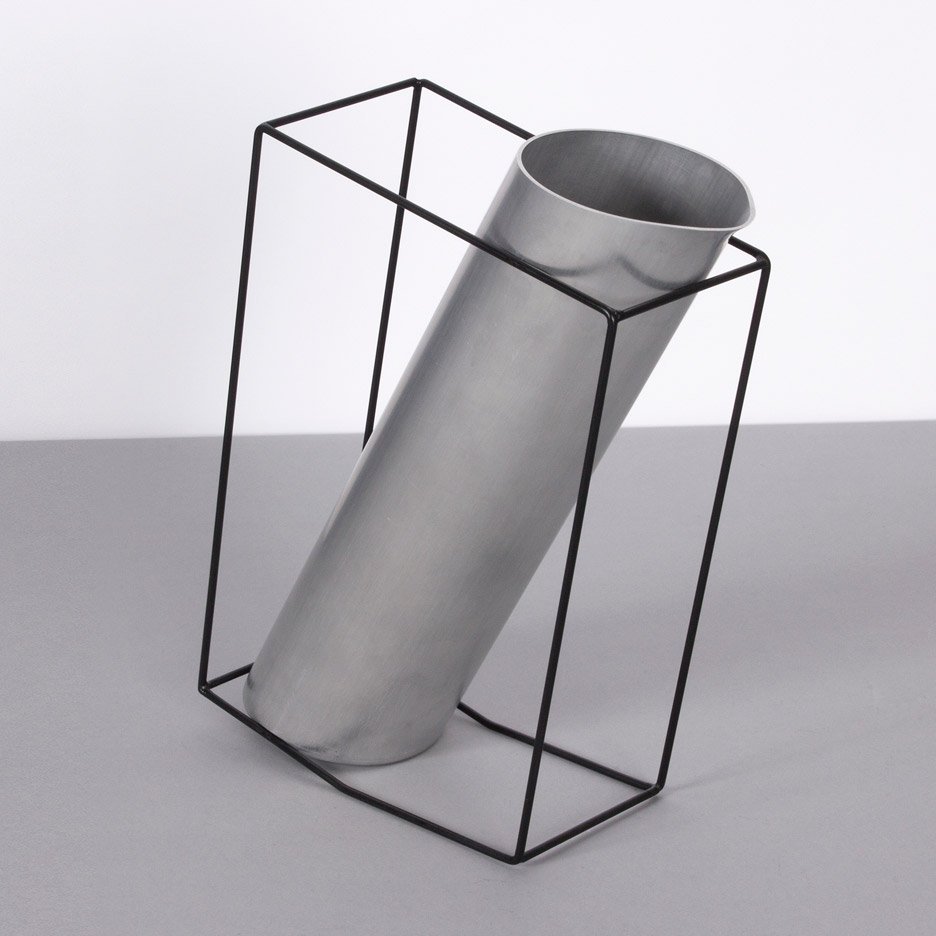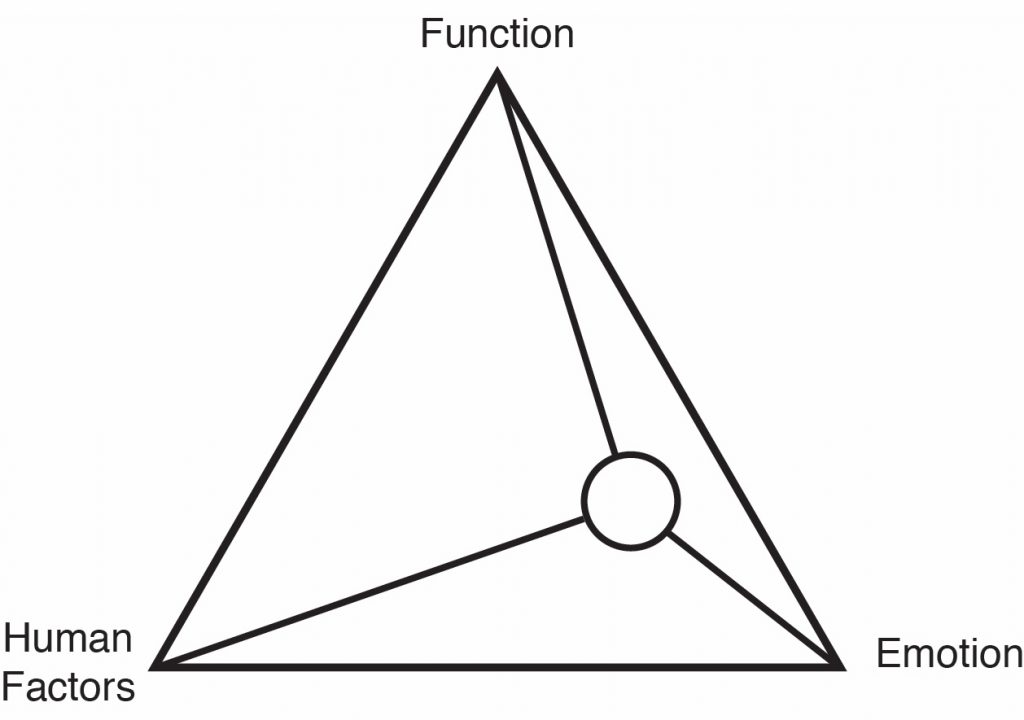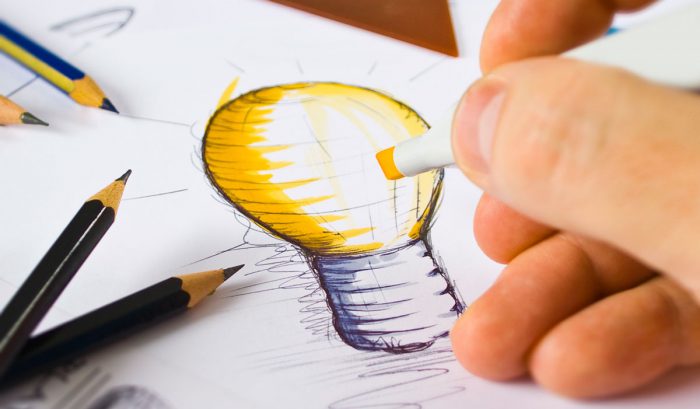
In this reading of “Designing for the Digital Age – Goal-oriented Product and service Design” by Kim Goodwin, it gives a clearer view on basically how to design.
Goodwin gave an accurate definition for the word – Design – is the craft of visualizing concrete solutions that serve human needs and goals within certain constraints.
Serving human needs and goals will confuse people on whether human factor and HCI are different from designers. Goodwin raise the criteria to differ both groups of people. Designers will give creative problem-solving solutions whereas people who are trained in human factor and HCI are people with evaluative techniques. I agree with her as the line between designing and making something suitable/comfortable for human can be very vague at times as all our target-audience are human beings. Being trained in human factor will be a bonus for designers as there will be some considerations given to human. Personally I feel that on top of designs are for usability, it is also tackling with emotions that users feel when they uses the product, which is something that thoughtful designs can achieve.
Goodwin also focused on Goal-Oriented Design and the method to it. I agree that a goal-oriented design can maximise the efficiency of the team and also ensuring clear communication with other teammates or client. However, I am not very receptive to the point that she made about pattern. In some way, I feel that having a pattern can seem like a template/stencil for design. Personally, I’ve always felt that a good design should be polished overtime, just like brewing a pot of soup, taking time for the taste and essence to reach the maximum. It will be definitely easier for designers with their “vocabulary”, where they can come out with solution faster and efficiently. However, if every design were to follow certain template then where and when will the breakthrough in design come?
